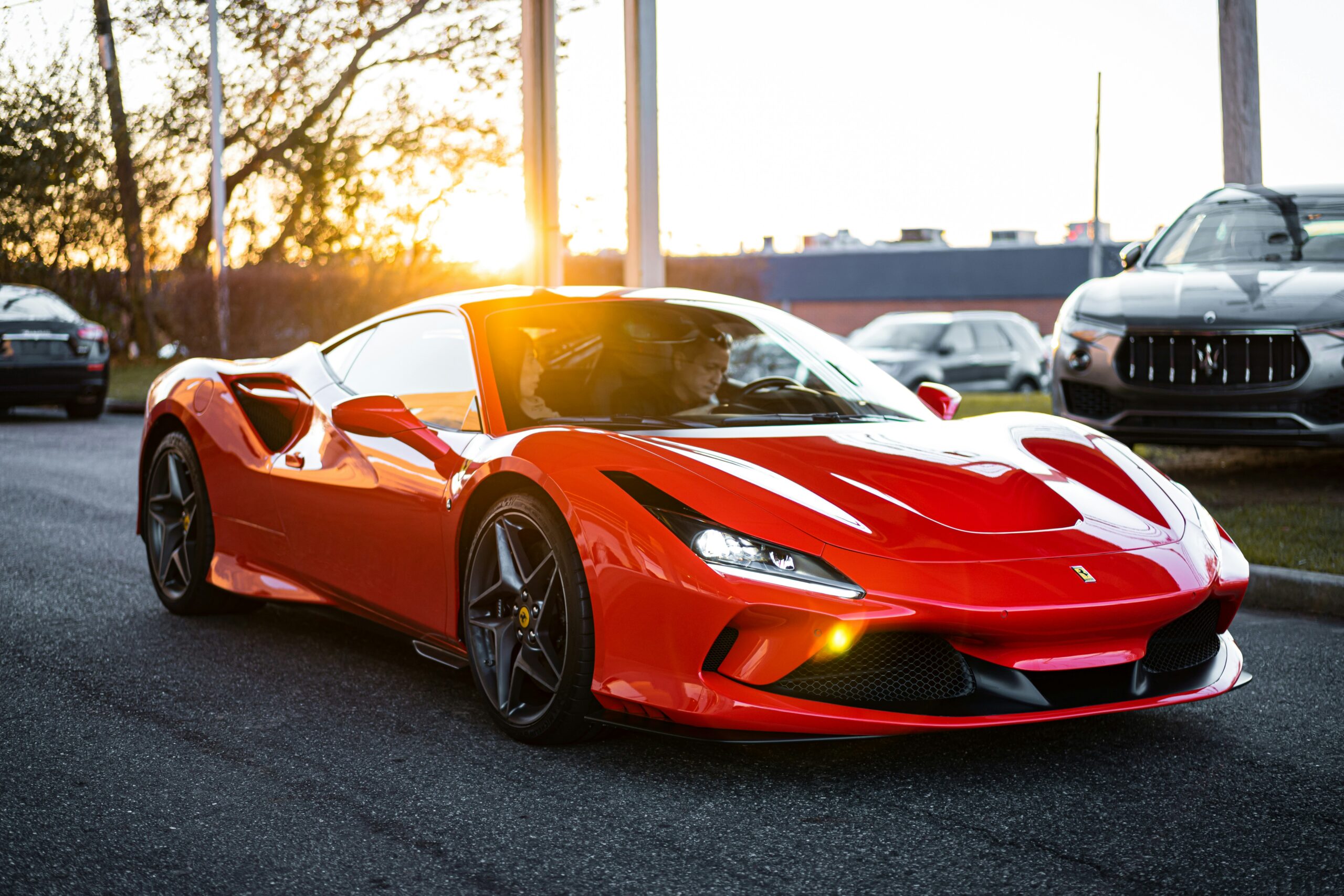Introduction
Hypercars vs. Supercars: Where Do We Draw the Line?. The world of high-performance automobiles is filled with terms like supercar and hypercar, often used interchangeably. But are they really the same? While both categories represent the pinnacle of automotive engineering, hypercars take things to a whole new level.
But where do we draw the line? What makes a car a supercar, and what elevates it to hypercar status? In this blog, we break down the key differences, examine some of the most iconic examples, and explore what the future holds for these engineering marvels.
Table of Contents
1. Defining Supercars and Hypercars
What is a Supercar?
Supercars are high-performance sports cars that push the boundaries of speed, design, and handling. They are typically:
- Fast and powerful (500-800 horsepower on average)
- Lightweight and aerodynamic
- Exotic in design
- Expensive and exclusive, but still somewhat attainable
Some iconic supercars include:
- Ferrari 488 Pista – A track-focused beast with a twin-turbo V8 producing 710 horsepower.
- Lamborghini Huracán Performante – A naturally aspirated V10 delivering raw power and precision handling.
- McLaren 720S – A supercar that combines aerodynamics and brute force, making it one of the fastest in its category.
What is a Hypercar?
Hypercars take everything a supercar offers and amplify it to an extreme level. These are the ultimate performance machines, built with cutting-edge technology and often featuring hybrid or all-electric powertrains. Characteristics of hypercars include:
- Unmatched horsepower (800-2000+ hp)
- Advanced aerodynamics, active spoilers, and futuristic designs
- Limited production (often fewer than 500 units)
- Price tags exceeding $1 million
- Technological innovations that trickle down to future cars
Some of the most famous hypercars include:
- Bugatti Chiron Super Sport 300+ – Broke the 300 mph barrier, making it one of the fastest production cars in history.
- Koenigsegg Jesko Absolut – Designed to be the fastest car ever built, pushing the boundaries of aerodynamics and engineering.
- McLaren P1 – One of the first hybrid hypercars, blending electrification with extreme performance.
- Rimac Nevera – A fully electric hypercar with an astonishing 1,914 horsepower.
Learn more about some of the fastest hypercars here.
2. Performance Differences: Speed, Power, and Technology
The gap between supercars and hypercars is most evident when looking at performance metrics. Let’s break it down:
Horsepower and Acceleration
- Supercars: Typically range from 500 to 800 horsepower, with 0-60 mph times around 2.8 to 3.5 seconds.
- Hypercars: Go beyond 800 horsepower, often exceeding 1,500 hp, with 0-60 mph times under 2.5 seconds.
Example: The McLaren 720S (supercar) does 0-60 mph in 2.9 seconds, whereas the Bugatti Chiron (hypercar) achieves it in just 2.3 seconds.
Top Speed
- Supercars: Typically max out between 190-220 mph.
- Hypercars: Often exceed 250+ mph, with some aiming for 300 mph or more.
Example: The Ferrari F8 Tributo (supercar) has a top speed of 211 mph, while the Koenigsegg Jesko Absolut (hypercar) is projected to hit 330+ mph.
Aerodynamics and Materials
Hypercars use active aerodynamics—adjustable wings, airflow channels, and cutting-edge materials like carbon fiber monocoques to maximize speed and stability. Supercars, while still highly aerodynamic, often lack extreme features like adaptive spoilers or drag-reduction systems found in hypercars.
Check out this article on the latest aerodynamic breakthroughs in hypercars.
3. Rarity and Exclusivity
One of the biggest differences between a supercar and a hypercar is how rare they are.
Supercars: Limited but Attainable
- Brands like Ferrari, Lamborghini, and McLaren produce thousands of units per model.
- While exclusive, supercars can be bought by wealthy enthusiasts.
Example: Lamborghini Aventador – Produced in over 10,000 units, making it one of the most accessible supercars.
Hypercars: Ultra-Limited Production
- Hypercars are produced in extremely small numbers, often fewer than 500 units.
- Some brands offer one-off custom builds, making them even more exclusive.
Example: The Aston Martin Valkyrie is limited to just 150 road cars, while the McLaren Speedtail had only 106 units produced.
4. Price Comparison: How Much Do They Cost?
Price is a major indicator of where a car falls on the spectrum.
| Category | Price Range |
|---|---|
| Supercars | $200,000 – $600,000 |
| Hypercars | $1,000,000+ |
Example:
- A Porsche 911 Turbo S (supercar) costs around $230,000.
- A Pagani Huayra (hypercar) starts at $3 million.
5. The Future: Are Hypercars Replacing Supercars?
As technology advances, the gap between supercars and hypercars is narrowing. Many modern supercars, like the Ferrari SF90 Stradale, are using hybrid tech to approach hypercar levels of performance.
The Rise of Electric Hypercars
- Brands like Rimac, Lotus, and Tesla are proving that electric hypercars can outperform gasoline-powered models.
- The Rimac Nevera (1,914 hp) is an all-electric hypercar that beats many traditional hypercars in acceleration.
Will Supercars Become Obsolete?
While hypercars are setting new benchmarks, supercars will always have a place. Not everyone wants (or can afford) a hypercar, so brands will continue making high-performance supercars that are more accessible.
Explore the rise of electric hypercars here.
Conclusion: Where Do We Draw the Line?
The line between supercars and hypercars isn’t always clear-cut, but in general:
- Supercars are high-performance, exotic cars that are still somewhat practical and available in larger numbers.
- Hypercars push the absolute limits of technology, speed, and exclusivity, often costing millions and produced in very limited quantities.
As automotive technology advances, the distinction may become blurrier, but one thing remains certain—both supercars and hypercars will continue to captivate enthusiasts for generations to come.
What’s your dream supercar or hypercar? Let us know in the comments below!
You can find more Automobile content:
https://allinsightlab.com/category/automobiles/

